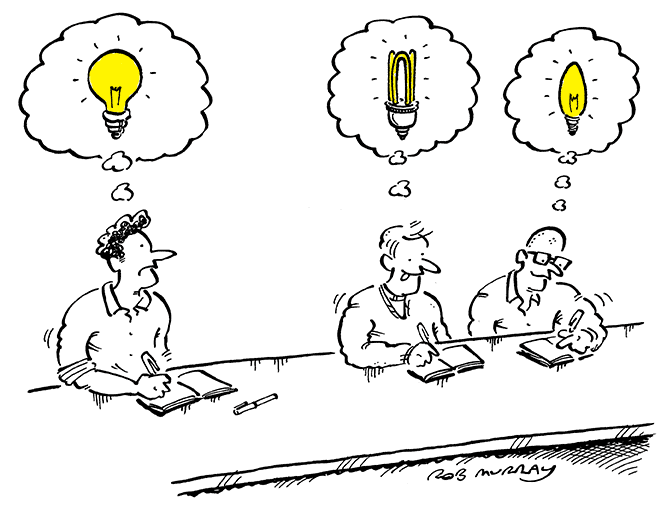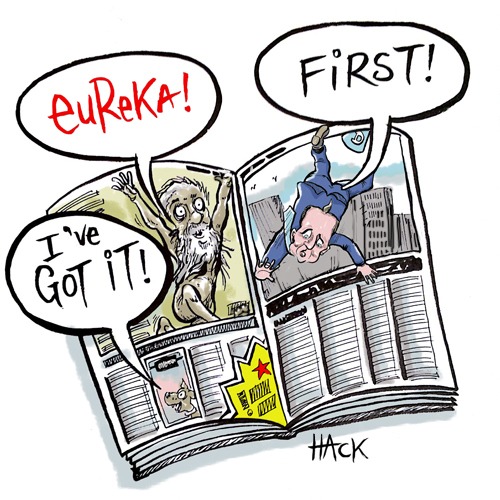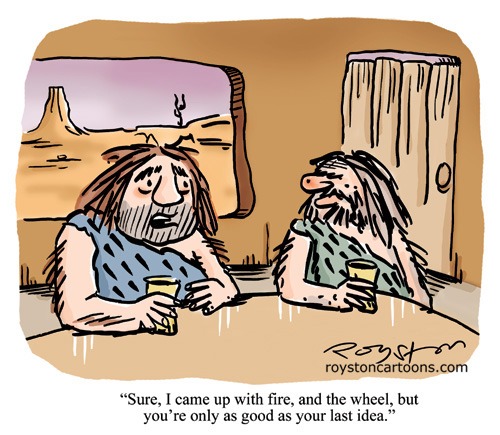Our man Rob Murray attended a recent talk by Silvia Baumgart of Own-it, based at the University of the Arts London (UAL). Own-it advises creative practitioners and small businesses on intellectual property matters.
Over to Rob:
The session focused in particular on copyright and the increasing need for artists and illustrators to protect their work in the online era.
Listed here are ten key facts about copyright that might either be news to you, or a useful refresher.
- Copyright is automatic – it does not need to be applied for or registered – and protects a creative work until 70 years after the creator’s year of death.
- You cannot copyright an idea – only the way in which that idea is expressed.
- Moral rights, which come with copyright and give the creator the right to be credited as the author of a work, cannot be assigned to another party. But the creator can waive moral rights in writing. If assigning (selling) copyright to someone else, a creator should assert their moral rights.
- If a magazine “buys” a cartoon to appear in its pages, unless otherwise stated in writing it is buying a licence to be the first to publish it. This does not prevent the cartoonist selling the cartoon elsewhere at a later date, or using it for any other purpose.
- When a freelancer is commissioned to produce a cartoon or illustration, he or she automatically holds the copyright unless otherwise agreed in writing.
- By contrast, if work is created during the course of your employment, your employer holds the copyright and you have no moral rights over the work.
- Design work is treated differently, and falls under design right rather than copyright. When a designer is commissioned to develop or create a product, the commissioner owns the unregistered design right in the UK — which protects the appearance of the product (excluding surface decoration) for 15 years from creation or ten years from first sale. As with copyright, it is automatic.
- An image being easily accessible — for example on the internet — is often taken to mean that it is in the public domain, but this is often not the case, even when the creator’s name is missing. An artwork is only “public domain” if the creator (or copyright holder) has declared so, or if the copyright has expired.
- Selling a physical object you have created (for example, the original artwork for a cartoon) does not mean you are permitting reproduction or dissemination. Unless formally agreed, the buyer does not have the right to reproduce or distribute the image (with the exception of advertising the resale of the artwork).
- As a general rule, the decision to assign all rights to a client should not be taken lightly, and the creator should agree a substantially larger fee than they would for granting a licence. Once intellectual property rights are sold, they cannot be taken back and the creator will never again be able to profit from licensing that piece of work.
Own-it offers free legal advice to help artists solve intellectual property issues. Visit the blog again soon for a look at some of Silvia’s recommendations for how to protect your work online and elsewhere.



